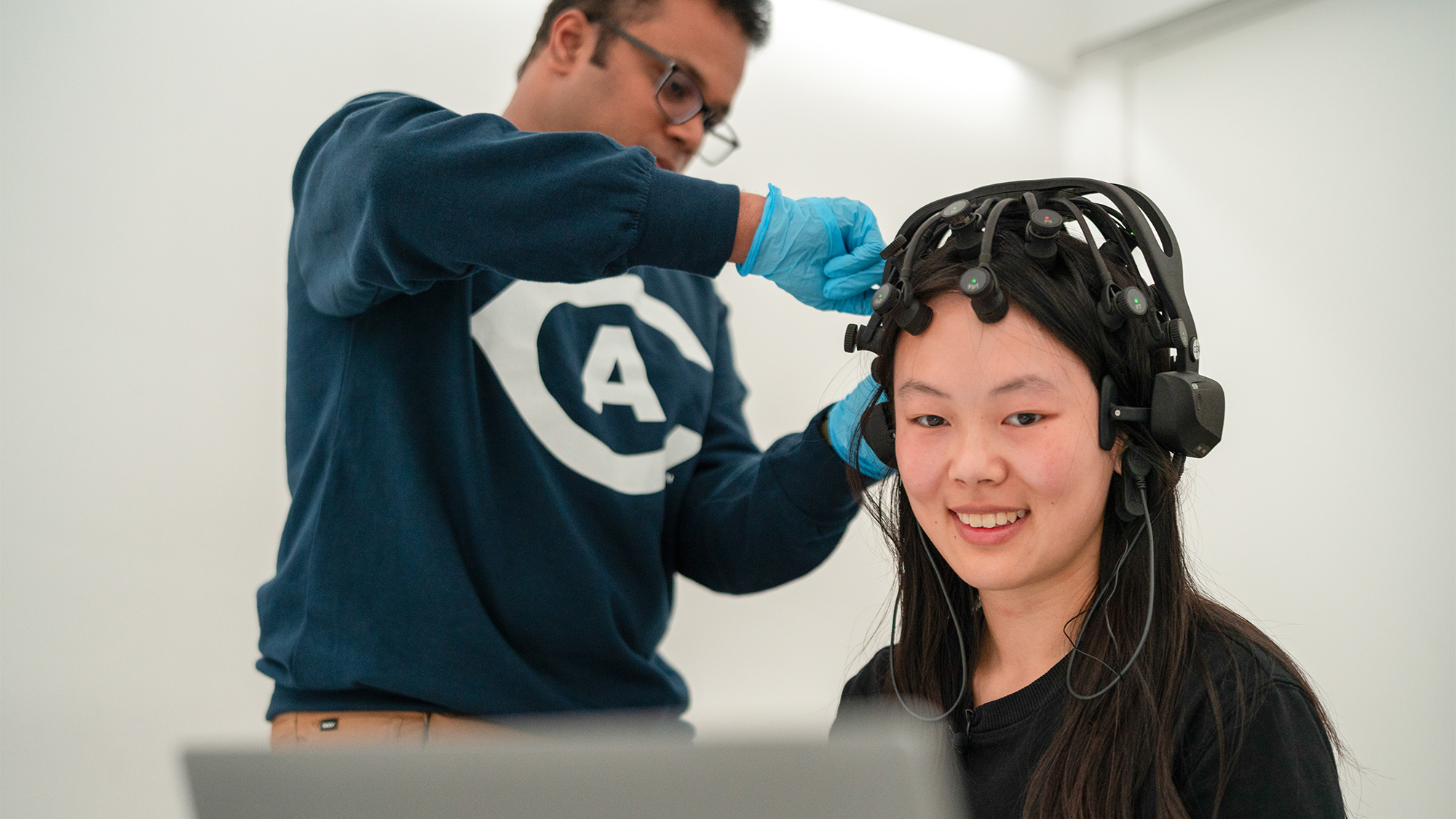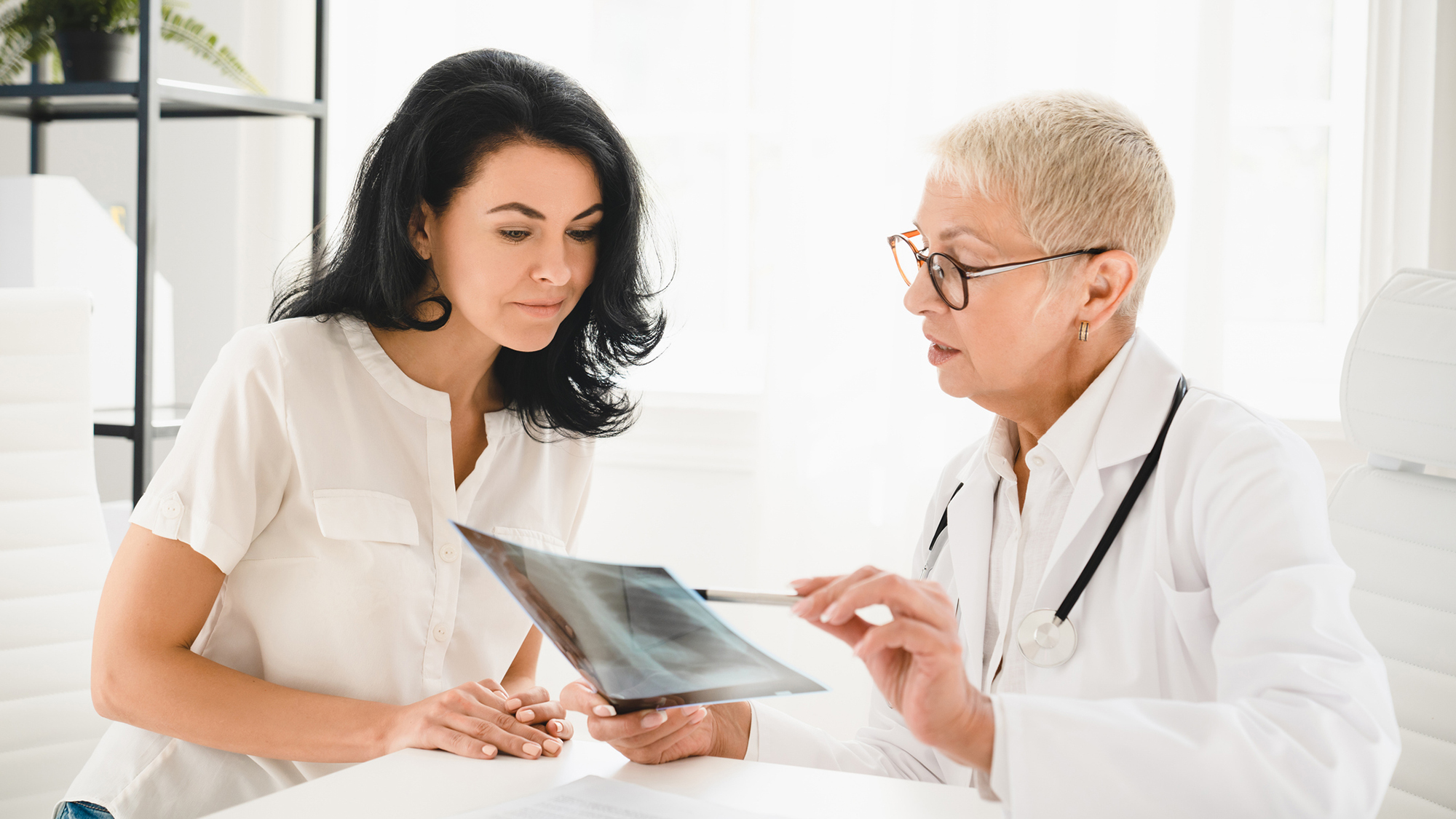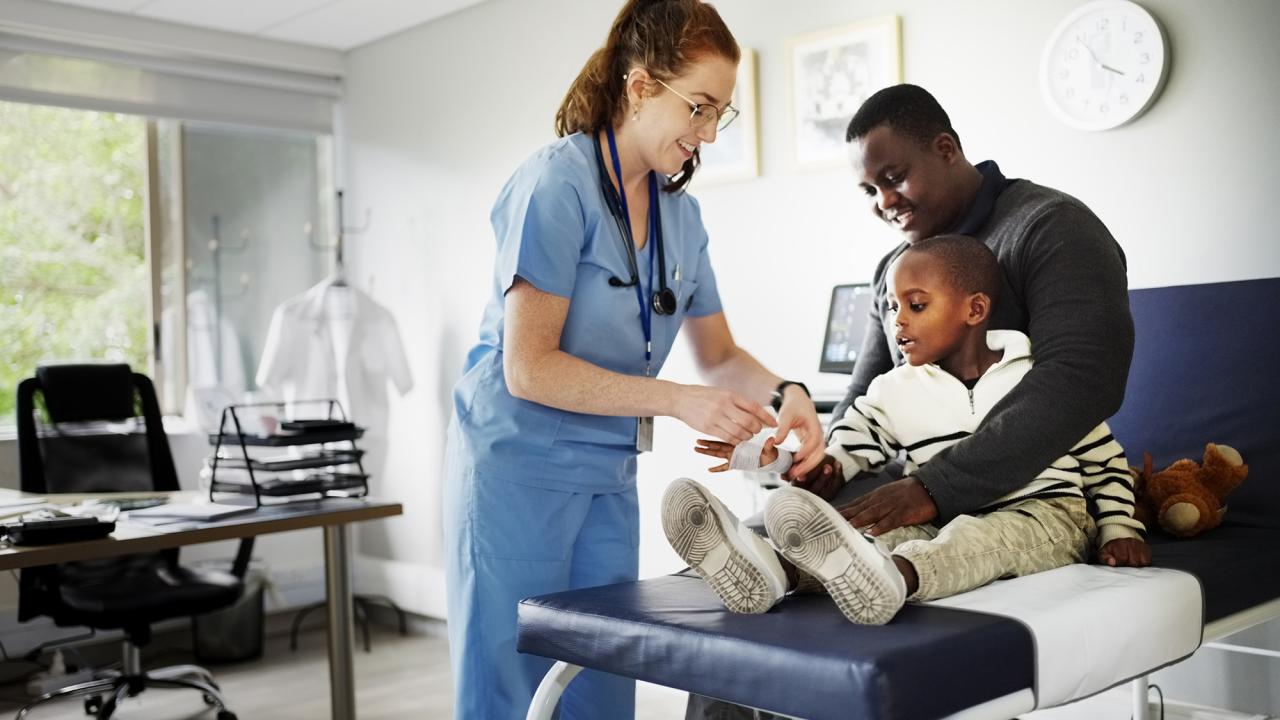The From Labs to Lives Blog connects everyday topics with UC Davis research. Each post is reviewed by our experts, ensuring you always get useful information you can trust.
Bone density isn’t just about preventing fractures later in life. It’s the foundation for strong bones, mobility and overall health at every age.
Your bone mineral density, BMD, plays a vital role in how well your body supports movement, activity and healthy aging. Dr. Nancy Lane, an expert in osteoporosis and osteoarthritis, answers common questions to help you better understand and care for your bones.
So who should care about BMD? Everyone, but especially:
- Teenagers and young adults trying to build strong bones
- Women entering or post-menopause
- Adults with a family history of osteoporosis
- Men over the age of 75
Let’s break down what bone density really means, how to improve it and what practical steps you can start today.
Bone density 101
Bone density refers to how much mineral matter is packed into your bones. Higher density means stronger bones and a lower risk of fractures. Lower bone density can lead to osteopenia (mild loss) or osteoporosis, a condition that makes bones brittle and more likely to break.
When do we build bone?
Peak bone density is typically reached by your early to mid-20s. After that, it’s about maintaining or slowing the loss of bones. Hormonal changes after menopause can cause women’s bones to weaken, so much so that bones can break more easily.
How is bone density measured?
The most common test is a DEXA scan, which measures the calcium and other minerals in your bones. Your bone density results are reported in two numbers:
- T-score: Compares your BMD to that of a healthy young adult of your sex
- Z-score: Compares your BMD to others of your age and sex
A T-score between -1.0 and -2.5 signals osteopenia. Below -2.5 is osteoporosis.

From Labs to Lives
At UC Davis, our research helps people like you. Federal funding helps us move discoveries from our labs to your community faster. Learn how you can support life-changing research.
Training that strengthens bones
Exercise isn’t just good for your muscles; it directly affects your bones too. A combination of these types of exercises is best for building and maintaining healthy bones: resistance training, impact, loading and balance.
Resistance training
This is weight lifting where you gradually increase resistance over time. Focus on compound movements such as squats, deadlifts, lunges and overhead presses. Prioritize bodyweight work over machines when possible as they challenge stabilizing muscles and joints more effectively.
Impact and loading
Exercises like jumping, step-downs or bounding apply brief, high-impact forces that stimulate bone growth. Step-ups, marching and stair climbing can also help. Always start gradually and build tolerance. If you have low BMD or joint concerns, consult a clinician or trainer for a safe progression.
Balance and fall prevention
Bone strength matters just as much as staying upright. Practice single-leg exercises and dynamic balance movements. Yoga and Pilates are also great for improving control and reducing fall risk.
The best way to prevent osteoporosis is to achieve a high peak bone mass and everyone can do that by focusing on maintaining a good weight, eating a healthy diet and performing weight-bearing exercise, especially between about ages 10 and 25. After that, all these things help to maintain bone mass but we don’t really gain much more bone.
— Lane
Top 3 nutrients for bone health
Nutrition is just as important as exercise when it comes to BMD. Many nutrients play a role in bone health. The core trio are calcium, vitamin D and protein.
Calcium
Aim for 1,000-1,200 milligrams per day from food or supplements. Found in dairy, leafy greens and fortified foods.
Vitamin D
Helps with calcium absorption. Get it from sunlight, fatty fish or supplements.
Protein
Vital for bone matrix and strength. Adults should aim for 0.8-1.2 grams of protein per kilogram of body weight, especially when resistance training.
Magnesium, vitamin K2, phosphorus and zinc also play supportive roles in bone metabolism. Overall energy sufficiency is key. Chronic under-eating or low energy availability can harm bones long-term. Hydration is key and can affect cellular repair and balance. Moderate intake of caffeine and alcohol is fine, but excess can reduce calcium absorption.
Is bone broth good for you?
Bone broth is made by simmering animal bones in water for a long period of time. It contains protein, collagen and calcium, which may support joint and gut health. However, it won’t directly increase bone density or replace resistance training and targeted nutrition.
Lifestyle matters
Bone health is influenced by more than diet and exercise. Don’t overlook these key lifestyle factors: sunlight, sleep, smoking, alcohol and medications.
Sunlight
Just 10-30 minutes a few times a week can help your body make vitamin D (depending on skin tone and location).
Sleep
Poor sleep disrupts hormone balance, recovery and bone remodeling.
Smoking and alcohol
Both negatively impact BMD. Reducing or eliminating them supports stronger bones.
Medications
Review your prescriptions with a health care provider. Some meds, like steroids, may affect bone health.
Bone density might not be something you see, but it’s foundational to how you move, age and live well. The good news? With the right training, nutrition and lifestyle, you can build stronger bones, no matter your starting point.

Bone Spurs Explained: Causes, Symptoms and Treatment
Bone spurs are common and often manageable, but some symptoms should not be ignored. UC Davis explains bone spur causes, symptoms, treatments and warning signs.
FAQs
- How long until I see results in terms of bone density?
Strength and balance may improve in weeks. Bone density changes more slowly and is often measurable over 6 to 12 months, especially with consistent strength training and nutrition.
- Do I need supplements?
If your diet lacks calcium, vitamin D or protein, supplements can help. Blood work and dietary assessment can guide this.
- Can I do this if I’m older or already have osteoporosis?
- Yes! It’s never too late to improve strength, balance and nutrition. Even small changes can reduce fracture risk and improve quality of life.
Review process
Reviewer
Dr. Nancy E. Lane is a rheumatologist who specializes in adult bone and joint diseases. She has particular expertise in bone conditions like osteogenesis imperfecta, glucocorticoid-induced osteoporosis and pain related to osteoarthritis.
Writer
Anila Lijo is a writer-editor for UC Davis’ Office of Strategic Communications.
Editors
- Tatiana Muñiz is an SEO copywriter for UC Davis’ Office of Strategic Communications.
- Cody Kitaura is a campus news editor for UC Davis’ Office of Strategic Communications.
